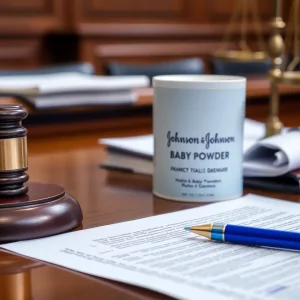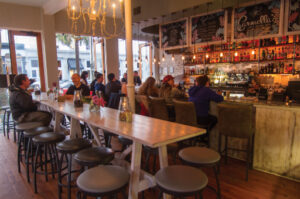Charleston’s Native Plant Movement: Transforming Yards for a Greener Future
In Charleston, the buzz surrounding native plants is growing stronger every day. With a rich landscape that boasts a wide variety of flora, the city’s residents are starting to embrace the beauty and practicality of swapping out their traditional lawns for a more natural and vibrant approach.
What’s the Deal with Native Plants?
For decades, the classic American lawn has been all about that well-manicured green grass—think Bermuda grass, perfectly trimmed hedges, and weed-free patches. However, many Charleston residents are making a shift toward native plants, which are not only beautiful but also incredibly beneficial for our local ecosystem.
The Charleston area offers a gorgeous climate filled with native plants that thrive in our hot and humid summers. The South Carolina Wildlife Federation points out that these plants require less watering and provide effective management of rainwater runoff, thanks to their deep root systems that work well with our soil and often unpredictable weather.
The Benefits of Going Native
Beyond the ecological advantages, shifting towards native plants can create a delightful habitat filled with wildlife. Imagine a yard alive with buzzing bees, fluttering butterflies, and chirping birds! Native plants like milkweed are key players in attracting the ever-declining Monarch butterfly, known for its stunning burnt orange wings. By planting native flora, you can contribute to their survival while also brightening up your garden.
Also on the list of native stars is the black-eyed Susan, a cheerful perennial with bright yellow petals. These flowers are low-maintenance and serve as a food source for bees and birds, while also adding a splash of color to your yard.
Are you a fan of hummingbirds? Instead of relying on those sugar-water feeders that require constant upkeep, consider planting cardinal flowers. Their bright red petals and sweet nectar are sure to attract these delightful creatures.
Creating a Biodiverse Ecosystem
And it’s not just the birds and bees that benefit! Including ferns, like the Christmas fern and Royal fern, in your garden can provide shelter for amphibians like toads and frogs. These little helpers are nature’s insect control officers, feasting on all those pesky mosquitoes that seem to be everywhere during the summer evenings.
Getting Your Hands Dirty: Where to Find Native Plants
For those looking for a reliable source year-round, check out Roots and Shoots Nursery located on Wapoo Road in West Ashley. This nursery specializes in native plants, offering options resistant to deer and tolerant of salt. Plus, they host workshops to help you learn how to cultivate your own little native paradise.
The South Carolina Native Plant Society also plays a significant role in celebrating and promoting these plants, hosting markets throughout the spring and fall. Their Lowcountry Chapter even offers grants for community groups interested in native plant projects, giving folks a great chance to get involved.
Embrace the Change and Go Native!
So why not take a little time to rethink your lawn? By embracing native plants, you can transform your outdoor space into a flourishing habitat that doesn’t just look good but does good, too. After all, a yard filled with life—from fluttering butterflies to chirping birds—sounds like a much more enjoyable and sustainable option than a traditional mowed lawn.
Your backyard can become a haven for nature, creating a vibrant environment where you can relax, unwind, and enjoy the beauty of Charleston, one native plant at a time!



























